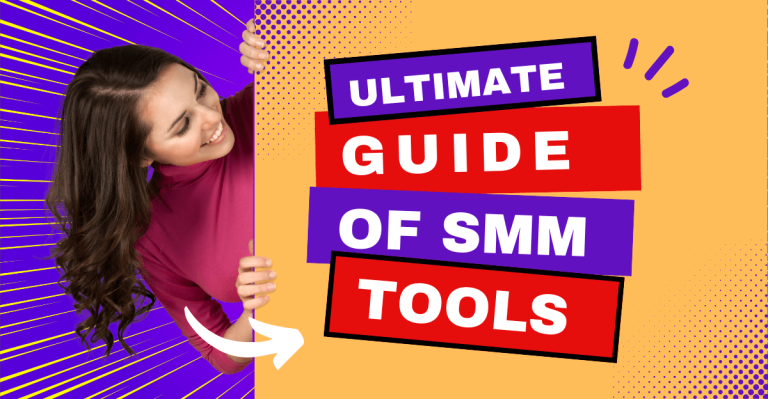How to approach your customers correctly
Ask us for one free email marketing consultation to show you our tools and our expertise.
Segmenting your customers is vital to successful email marketing. By dividing your audience into specific groups based on common characteristics, you can create targeted and personalized campaigns that resonate with each individual. Follow five ways to segment your customers:
Fidelity level: Customer loyalty is an important aspect of any successful business. Repeat customers are the backbone of many companies, providing a steady stream of revenue and referrals. One way to increase customer loyalty is through effective email marketing. By developing a strategy that focuses on building relationships and providing value to your subscribers, you can create a strong bond with your customers that will keep them coming back for more.Segment your audience based on how loyal they are to your brand. Customers mentioned above who are repeat customers and loyal to you should be treated differently. As an illustration, there is a possibility that 80% of your turnover comes from 20% of your customers (it varies by industry but it is the general principle of Pareto)
Purchase history: In email marketing, the historical data of your customers' orders can be an incredibly valuable piece of data. By analyzing it, you can gain insights into your customers' behavior, preferences and buying patterns. This information can then be used to develop a more effective email marketing strategy that is tailored to your customers' needs and interests. So analyse your customers' previous purchases to determine which products or services they are most interested in. Use this information to send targeted emails with content that is 100% relevant to them.
email engagement: Customer segmentation in email marketing can have a significant impact on interaction rates. By dividing your email list into specific segments based on characteristics such as demographics, interests or purchase history, you can create targeted messages that are more relevant to each group of subscribers. This level of personalization can help increase the likelihood of your audience engaging with your emails, resulting in higher interaction rates overall. Segment your audience based on email open ratios and click-to-view ratios. This information can help you determine which groups are most engaged and create campaigns specifically for them.
Interesting: Segmenting customers based on their interests is an important strategy in email marketing for several reasons. By dividing your email list into specific segments based on interest, you can create targeted messages that are more relevant and appealing to each group of subscribers. Use surveys or other methods (such as targeted recruitment forms on the site) to gather information about your customers' interests. Use this information to create campaigns that align with their interests and keep them engaged.
Behavioural data: Segmenting customers based on behavioral data is an important strategy in email marketing because it allows you to target subscribers based on their actions and behavior. By analyzing how subscribers interact with your emails and website, you can gain insights into their interests, preferences, and behavior and create targeted messages that are more likely to resonate with each group of subscribers. Analyze the actions your customers take on your website, such as the pages they visit and the products they see. This information can help you create campaigns related to their specific behaviors.
By using these five methods to segment your audience, you can create highly targeted campaigns that drive results. With personalized and relevant messaging, your customers are more likely to interact with your brand and make a purchase. In the long run, this can lead to increased customer loyalty, brand awareness and overall business growth.The
Ask us for one free email marketing consultation to show you our tools and our expertise.



